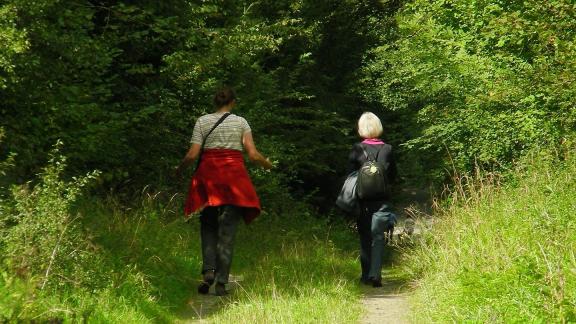Relationship between climate change, infectious diseases and the living environment

ZonMw has noted a need for more knowledge about the relationship between climate change, infectious disease and the living environment. Read this page for more information about the link between these three and the effect on human health. The already existing knowledge is available on our web pages about infectious disease, climate change and a healthy living environment.
Climate change
Climate change influences the occurrence and distribution of pathogens such as bacteria, viruses, parasites and fungi. More heat and the increased frequency of extreme precipitation can influence the occurrence of certain diseases in the Netherlands. To mitigate the risk of climate change and to reduce the spread of infectious diseases, careful management of the living environment is of vital importance. The living environment is one of the ways in which pathogens are transmitted, but certainly not the only one.
Wetter, dryer and warmer
The National Adaption Strategy shows the consequences of climate change. The strategy visualises what the increase in heat, precipitation, drought and sea level rise means for each sector. The consequences for the health sector are both positive and negative, and are grounds for contemplation. Higher temperatures, for example, mean milder winters and lower mortality due to cold. On the other hand, extreme temperatures in the summer mean more deaths. One of the negative effects is that rising temperatures lead to changes in the interaction of diseases between humans, animals and vectors.
More ticks and Lyme disease due to rising temperatures

Everyone has a story to tell about Lyme disease. Anyone playing in their back garden or taking a walk in the countryside, runs the risk of a tick bite. Infectious diseases, such as Lyme disease, are transmitted to humans via infected ticks and can have unpleasant consequences. Due to higher temperatures, ticks are now active throughout the year. Read about the studies we are funding into Lyme disease and who is responsible for which research.
Virus-carrying mosquito migrating north

Due to climate change, certain species of mosquito, such as the Asian tiger mosquito and the yellow fever mosquito are migrating ever further north, from the tropics. Are they likely to soon appear in Europe? The dengue virus, for example, is transmitted to humans, by mosquitos. This virus is endemic in the (sub)tropics where it causes considerable disease burden (the infectious disease Dengue). Researchers at Radboud UMC (only available in Dutch) are studying the interaction between the virus and the mosquito. They hope to develop new strategies for tackling the spread of the virus.
Human intestinal infection from the environment and food
The bacteria Campylobacter is the most common cause of intestinal infections in humans. Research by RIVM reveals that poultry and cattle (farm animals), pets and also the environment play a role in the transmission of the bacteria to humans. To reduce transmission, the various transmission routes must be carefully considered.
Swimming with resistant bacteria
The faeces of humans and animals contain resistant bacteria. These are bacteria that are resistant to antibiotics. Those same bacteria end up in wastewater treatment systems via the sewer system. Wastewater treatment systems are able to reduce the levels but not fully eradicate the number of resistant bacteria, resistant genes and antibiotic residues. Purified wastewater is discharged into the surface water where people swim. RIVM is investigating to what extent it is possible for people to ingest resistant bacteria via this route. And the possible consequences for human health.

